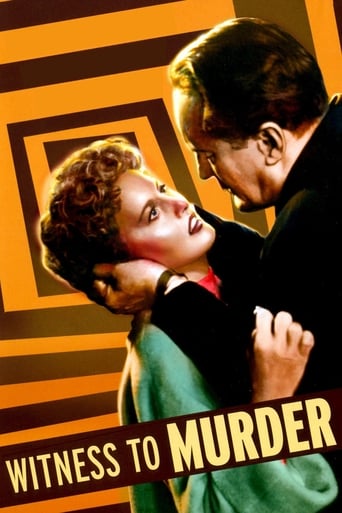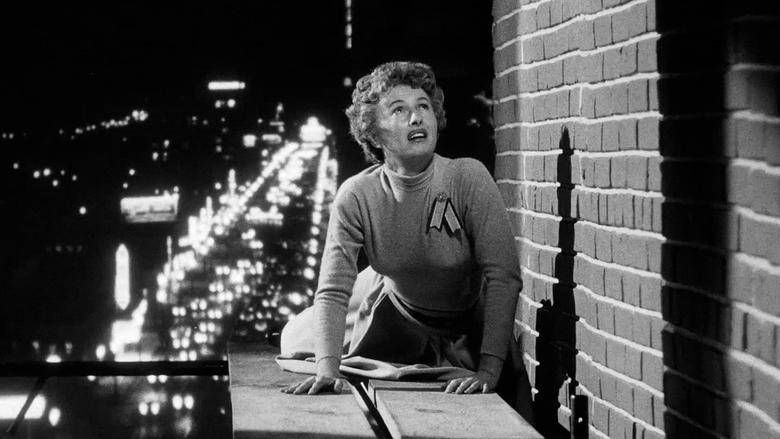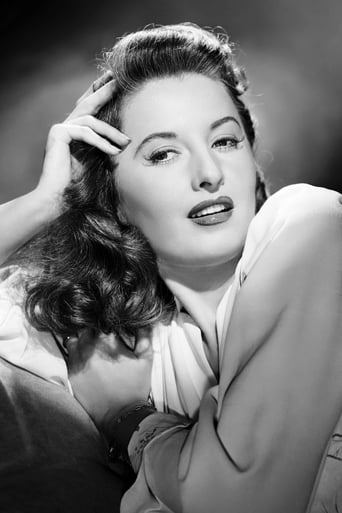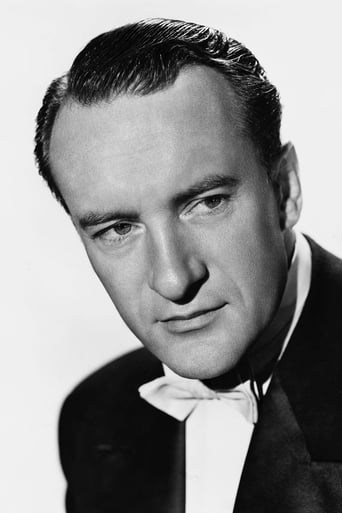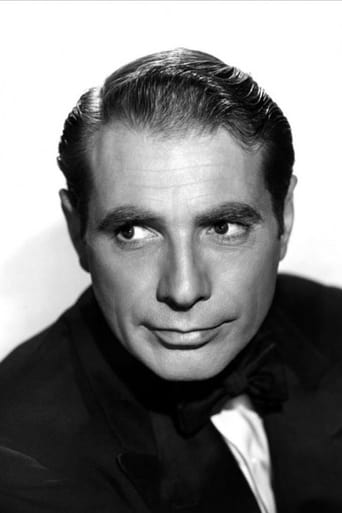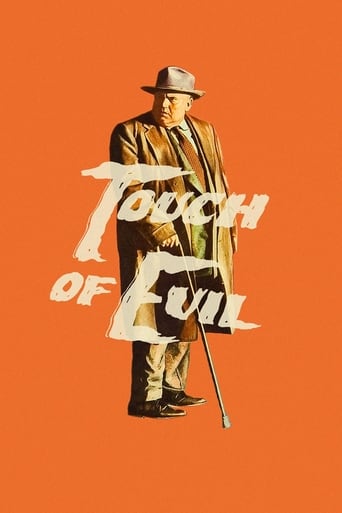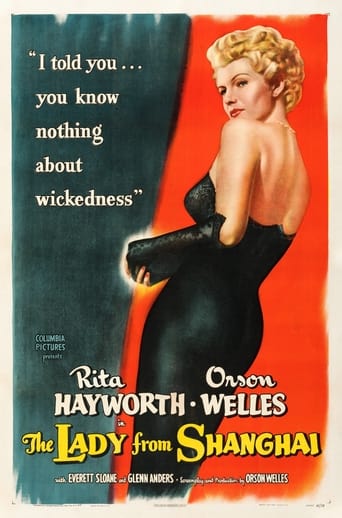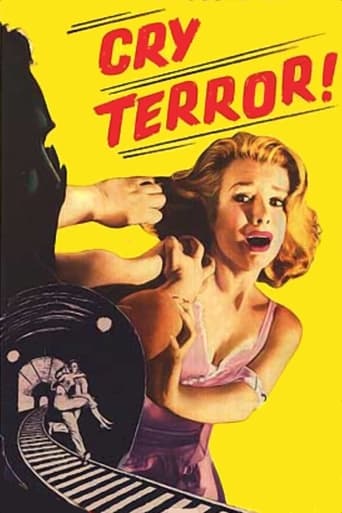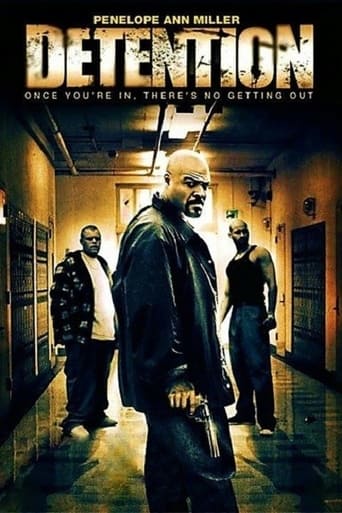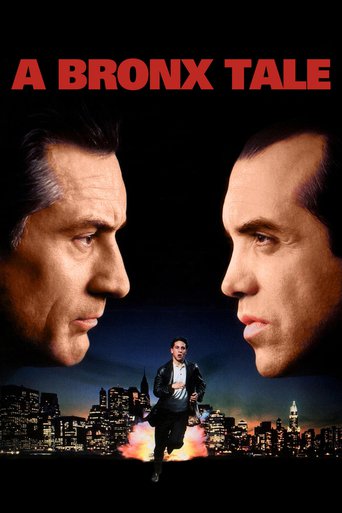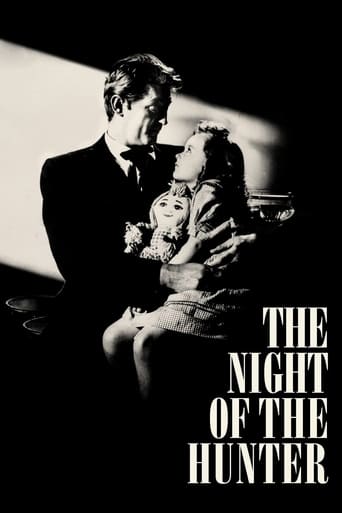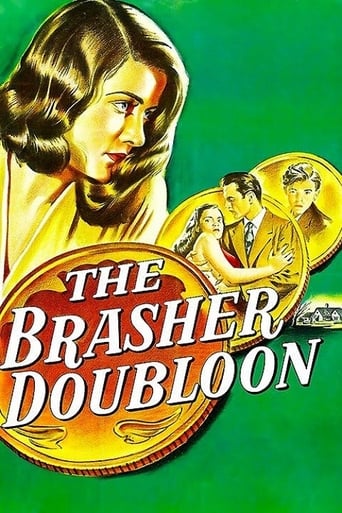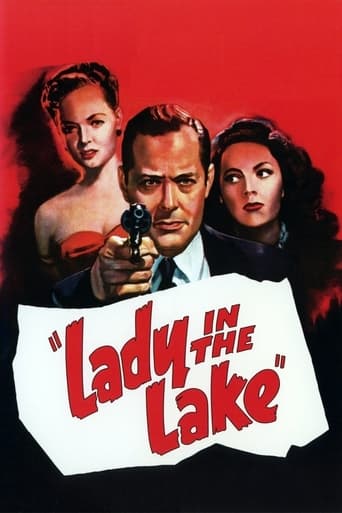Witness to Murder (1954)
A woman fights to convince the police that she witnessed a murder while looking out her bedroom window.
Watch Trailer
Cast


Similar titles
Reviews
Truly Dreadful Film
Sadly Over-hyped
This is one of the few movies I've ever seen where the whole audience broke into spontaneous, loud applause a third of the way in.
what a terribly boring film. I'm sorry but this is absolutely not deserving of best picture and will be forgotten quickly. Entertaining and engaging cinema? No. Nothing performances with flat faces and mistaking silence for subtlety.
Witness to Murder is like witnessing the acting talents of great movie stars, not quite having neared their expiration date in a Hollywood that throws away anything that might be the slightest bit rancid. But this film, with its carefully stewed leftovers, comes to a slow boil and gives off a robust cinematic aroma.The first ingredient is the wonderful use of Los Angeles exteriors, especially the apartment buildings and high rise development. Next, we have the interactions between Miss Stanwyck and her two male costars (especially the delicious George Sanders). But what really makes it cook is the fact that you get what you pretty much expect from these performers: Stanwyck is tough yet chewy; Sanders is seasoned with sage; and Gary Merrill provides a durable texture. I guarantee you: there is no bad film noir after-taste.
The movie shows what a cast and crew of Hollywood veterans could do even as the B-movie was on its last legs. Sure, the material is derivative. For some reason these windowpane murders were popular plot lines at the time, especially with Rear Window (1954). Maybe that's because there's so much built-in suspense to proving that you're not just imagining or dreaming what you think you see. This movie manages the suspense in spades, thanks to journeyman director Rowland, cinematographer Alton, and a near-perfect cast that make it all seem so real.Pity poor Stanwyck! She spies super slick neighbor Sanders throttling a girl, but can't convince the cops since Sanders is ever one step ahead. Meanwhile, Sanders is at his coldly calculating and charming best, while Stanwick wobbles expressively as a woman in distress. Toss in Gary Merrill as a romantically inclined cop, and together they manage to breathe real life into familiar material.Hard to say enough about Alton's expressive photography. Some of those b&w compositions are darn near artistic; at the same time, they lend the dramatics a properly noirish atmosphere. No, there's nothing really new here, but it's so darn well done, you'll hardly notice. I'm just sorry that these intense little human dramas have been replaced on screen by special effects extravaganzas that entertain mainly 12-year olds.
This is a very poor way to encounter material that is superficially similar to Rear Window. It's obvious and corny, to suit a 50s audience, yet it still struggles to fill its short 78 minute runtime, after jumping the gun by showing the murder before the credits are even over. And that signature sequence highlights all the movies problems. It's shot cheap: Saunders apartment is seen behind a very poor matte painting of a balcony. The music is overwrought. And the credits embody the low-rent, lurid aesthetic seen throughout.Barbara Stanwyck lives across from the killer, and no one believes her story of witnessing the murder. But luckily the neighborhood detective likes her (as we see in about 6,000 identical scenes) Her character arc is initially interesting, but the writing quickly begins to suck, and we get "She's insane. Put her in the psych ward" nonsense. So there we are in an unpromising psych ward sequence that can go absolutely nowhere. Soon after that, the effete George Saunders reveals that he's German (!) and a Nazi (The characters already know this... ho-hum) and eagerly shares his thoughts on the master race. Gee, thank god the villain is so over the top. Finally the whole thing collapses as Stanwyck falls into Saunders clutches. She runs away, and he holds back for no better reason than if he didn't, he'd catch her in about 10 seconds, and the movie would be deprived of its absurd, construction-site, tower-climbing, King-Kong finale. It is written in the big book of clichés: all bad guys must fall to their deaths, no more than 60 seconds before the credits roll. So there Stanwyck goes, up the tower, the least sensible place to escape from a villain, clomping up countless stairways in a pair of gigantic, loud pumps that would reveal her location to anyone within quarter of a mile ...you just roll your eyes, thinking, "Yeah... you'd make it about 20 feet in those shoes." 'Witness to Murder' can barely muster button-pushing. Nothing happens beyond the catalog of bad answers/motives provided on screen. It lacks any trace of ambition to add to film discourse. Refinement is absent and a viewer with a mind can bring nothing to the experience. It's greatest hope is that viewers will respond to rather artless, sensationalistic stimuli. It plays like a debilitated version of noir. (It qualifies - There are maybe 5 nice Noir compositions). But at least half the movie is shot in standard "women's picture" middle grays.It's bad, but at least it's so absurd it made me laugh now and then. The Maytag repairman plays the detective's cohort. In a bizarre coincidence, Raymond Burr is in this, AND Rear Window.
WITNESS TO MURDER is one of the great unsung noir gems from the 1950s. Sharply directed by Roy Rowland and brilliantly photographed by John Alton, it is criminal that this terrific film has yet to see a DVD release.Barbara Stanwyck stars as a woman who inadvertently witnesses a murder one night when, awakened by a thunderclap, goes to her window and sees her neighbor in an apartment across the street (George Sanders) strangle a woman to death. Shaken but collected, she phones the police who respond to the call but are unable to detect anything out of the ordinary when they arrive to question Sanders. The detectives (Gary Merrill and Jesse White) leave Sanders' apartment convinced that Stanwyck imagined the killing. Determined to prove the cops wrong, she begins to relentlessly hound Sanders who, it turns out, is a former Nazi and author of books promoting the ideology of the Third Reich. Sanders, a cunning adversary, initiates a retaliatory strike against Stanwyck which, before long lands her in a mental asylum. But will she be able to convince Detective Gary Merrill (who by now has fallen in love with her) that her assertions are, after all, true?Darkly suspenseful, albeit preposterously improbable, WITNESS TO MURDER follows a similar thread as REAR WINDOW, released the very same year. The most significant difference being in the Hitchcock film James Stewart is a consciously willing voyeur, drawn into a secret world of spying brought on by his own inertia; Stanwyck succumbs to the ramifications of her voyeurism purely by an accident of nature, the victim of circumstances far beyond her control, placing it much more squarely in the domain of film noir than its better known counterpart. Highly recommended!

